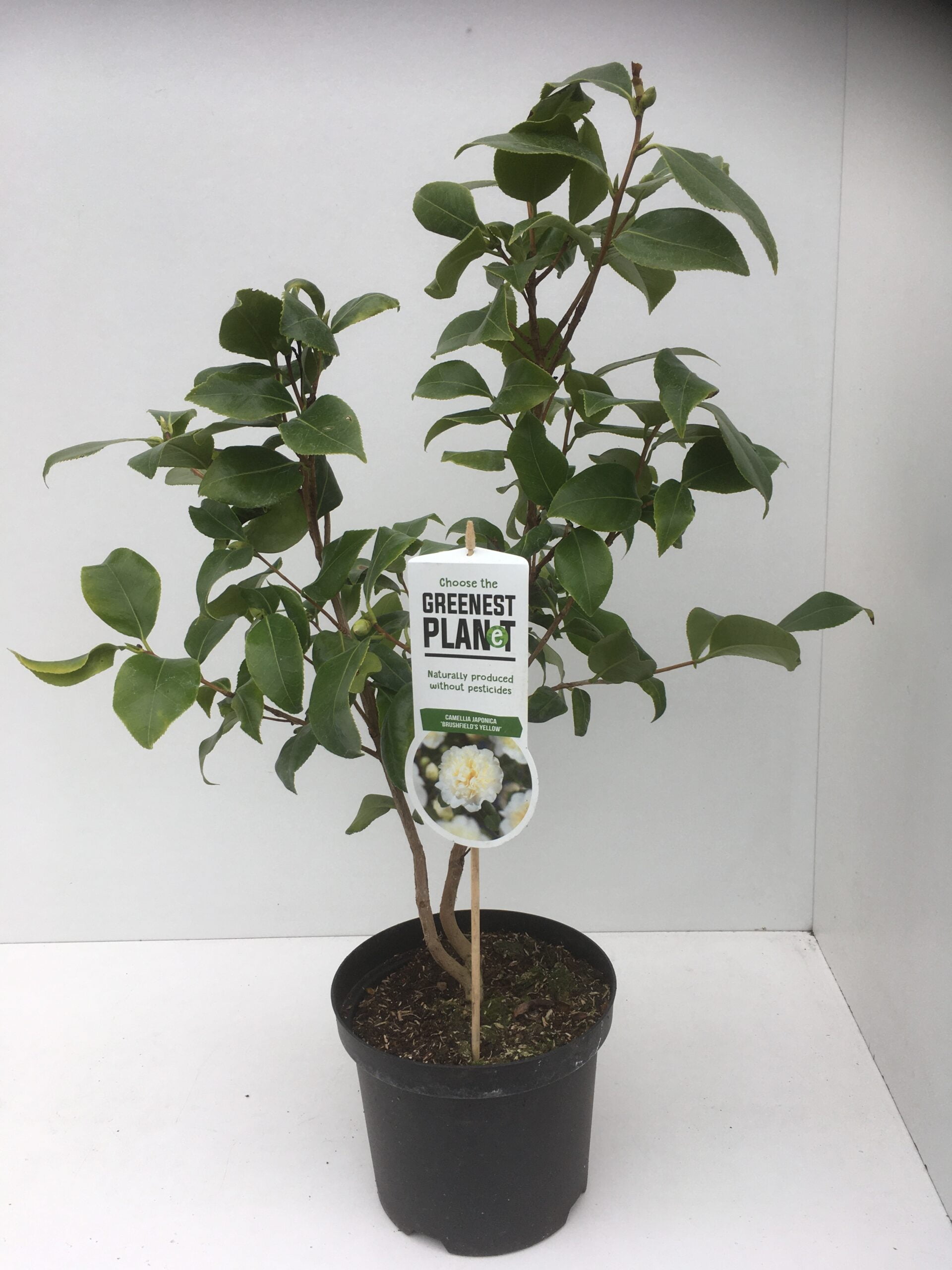Folk name: Camelia
Plant height: approx. 2.50 m.
Deciduous: No
Hardy: Yes
Description: The ornamental value of the Camellia are its flowers and leaves. It is a real eye-catcher in the garden with its beautiful large white flowers.
Pruning: in spring
Flowering time: The plant flowers in March and April
Pitch:
A camellia grows in slightly acid soil in a spot in semi-shade. The soil should contain plenty of humus and be well-drained. On soils with stagnant water drainage, a fungal disease can easily strike, putting an end to a camellia. Nevertheless, the soil should be able to retain sufficient moisture.
Care:
A camellia should only be trimmed after flowering (spring). Removing shoots should only be carried out to rejuvenate the bush, i.e. in its juvenile phase.
History:
Camellias grow naturally in central and southern China, large parts of Japan, Indochina and eastern Asia and Vietnam. Upon the secession of Belgium and the Netherlands in 1830, Camellia species collected by Philipp Franz von Siebold in Japan, now called 'Masayoshi' camellias, were left at the port of Antwerp when they were actually destined for the Hortus botanicus Leiden. From there, the plants ended up in the botanical garden of the University of Leuven. Together with 'Ocroleuca', 'Tricolor',Candidissima', 'Delicatissima', 'Multiflora' and cultivars from England and Italy, these formed the basis for cultivation in Belgium and the more than 400 cultivars grown in Belgium.
Significance:
The Camellia was named after Georg Josephus Kamel, who latinised its name to J. Camellus.








